I’m just a regular high street community pharmacist – but alongside my ‘day job’ I’ve been running a travel clinic for the last 18 months – something which has truly taken off and provided me with another string to my clinical bow.
I run the travel clinic within the pharmacy – the appointments and vaccinations all happen in my consultation room, the paperwork and planning are incorporated into my day, and all within regular pharmacy contracted opening hours.
How? Well I’m not actually sure! Looking back two years I would have said there was no way I could implement such a massive task and make it a success. But in reality, alongside some careful planning, selective training and an interest in the topic, my travel clinic has turned me into a dedicated travel health pharmacist.
Where to start? Read, read, and read some more.
To run a successful travel clinic, you need to be interested in travel health. Anyone can give an injection, as we do so often with flu jabs through the winter months, but travel health is different. You need to understand your topic – including having up to date knowledge on transmission and prevention. Step number 1 is to learn – go back to the basics of disease and gain a good grounding on the issues you’ll be advising on. Once you have a basic understanding, you’re good to go. I’ve always said as pharmacists we can’t know everything, but we need to know where to go to find that crucial answer.
Leaflets, stickers, and posters are a great place to start with marketing – I tend to attach these to prescription bags and strike up a conversation in an MUR or NMS consultation about holidays. Make it casual conversation, tie in with other vaccinations such as flu and pneumonia. Make patients aware of the additional services you offer, and how you can support them with their travel health needs.
Good relationships with surgeries have been critical for me – I arranged to visit each local surgery during lunch/out of hours as a one off before or after work, just for a 20 minute catch up with the practice manager to highlight the travel services we offer, and how we can help relieve their stress with regards to nurses’ appointments. Following each meeting I sent a thank you card – thanking them for their time and reiterating my joy of being able to support them. Easy? Yes. Effective? Absolutely.
My travel clinic has been a huge success very quickly, and yours can be too. Have a read of my 3 top tips to get you started:
- Get Organised
Create an appointment-based clinic feel to your day – this is a more professional and structured approach than the usual ‘drop in anytime to see your pharmacist’ (travel isn’t something you can easily advise over the counter off the top of your head.) Running appointments mimics the style of a more formal GP or nurse lead clinic, making it more likely for patients to attend. Make appointment cards to provide to patients detailing date/time/appointment length (30 mins etc – this will support you in rescheduling if the patient is late).
All these little ideas will allow you to plan your day and helps your staff to help you. Each day I pin up my appointments on the wall in the dispensary – such a simple thing can make a big difference as everyone can see who’s booked in for what, and how long you’ll be out of dispensary checking action for!
Your time is precious, so make sure patients understand the importance of appointments and time keeping.
- Allow Yourself Time
This is important. As community pharmacists we are often doing 5+ jobs at once – talk to your staff about your commitments to the service, your responsibilities as a travel practitioner, and dedicate time in your day to your clinic. It’s ok to say no scripts will be checked for an hour in the morning – patients will wait. Instil this from the start and you won’t go far wrong – people don’t argue when they’re queuing in the supermarket to pay for their shopping – often if you and your staff are honest and transparent about waiting times, there won’t be a problem. In community pharmacy it’s easy to get side tracked – many of the vaccines you’ll be offering look similar, especially the combination preparations, so a slip of concentration could easily lead to a mistake.
- Keep Updated
The Green Book needs to be your best friend. It’s online only so easily accessible and updated regularly in line with current guidelines. Use readily available resources such as Travel Health Pro and Jane Chiodini’s specialist nurse website which holds online learning modules. There is a wealth of information available, and it’s easy to feel a little swamped – make a plan and learn about one disease at a time. Remember information changes on a weekly basis, so sign up to email updates and use social media to keep you in the loop.
I often use Travel Health Pro with my patients to encourage them to do their own research. Remember, it’s not your job to dictate to the patient what they need. Empower your patients to make the right decisions for them, based on their travel plans, time restrictions, holiday activities and budget. Your job is to safely inform – vaccinating takes less than 5 seconds, it’s the valuable information and advice you’re providing that counts just as much.
At the end of the day, sit back and relax – not only have you checked hundreds of scripts whilst keeping an ear on the counter, answering the phone and signing for deliveries (sound familiar?!) – you’ve also contributed to the well being of a patient in the long term, and taken steps to protect them from fatal diseases. I’d say that’s a pretty impressive days’ work, wouldn’t you?
Written by Siân Humphreys – Community Pharmacist, Thursday 20th December 2018













